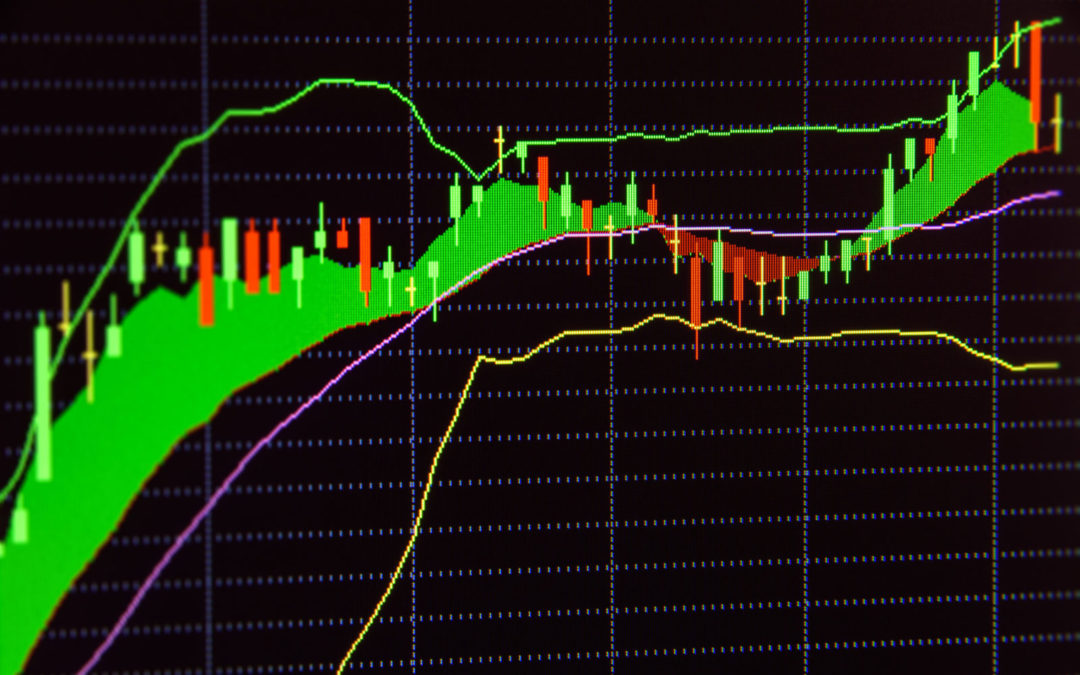Shaun White just won his third gold medal in the halfpipe. The sport has advanced a lot in the 12 years since his first Olympic medal. The 2006 winning run contained a front-side 1080, a McTwist, and a 900. By 2018, this collection of moves would not even qualify for the Olympics. The winning run in 2018 contained a switch 1440, a double McTwist, and a 1260. Technical stock analysis is a lot like the halfpipe. The tricks that worked decades ago would not work today. The “sport” of technical analysis has evolved with experience and training. Performing a moving average or a volume-at-price analysis no longer adds alpha to an equity investment process. However, if those technical tools are inverted, extended, and arrayed they can yield insights. The degree of difficulty is rising.
About four decades ago, John Bollinger developed a stock trading system that relied on three factors: a 20-day moving average of stock prices along with an upper and lower band each two standard deviations away from the middle band. His finding was that when stocks advanced beyond the upper two standard deviation band that they would continue to outperform for some time. This method was publicized in television appearances throughout the 1990’s, and Bollinger published a book on his findings in 2001. In recent years, investors have grown suspicious of the performance results of the Bollinger Band investment framework, and a 2017 research paper from Fang, Jacobsen, and Qin determined that returns from a Bollinger Band-based method “are mostly negative… and such losses have worsened over time.” Our own analysis agrees with that finding.
- Bollinger Bands are so well understood as a technical tool that doing the opposite works.
- Problems with the traditional Bollinger Band method can be fixed by changing the moving average.
- Inverting, extending, and arraying produces a useful factor.
Opposite Day
Bollinger Bands are comprised of readily available price information and simple statistical concepts. As such, the bands were pretty easy to copy, especially as computer resources became more inexpensive and more available. As investors widely reproduced the Bollinger Bands, the returns from what was once a market anomaly have disappeared. So much did the performance change, in fact, that using the Bands the opposite of the original design yields performance in excess of broad market benchmarks. Looking at the chart below you will see equity security performance distinguished by Z-scores. Z-scores represent the “bands” set two standard deviations away from a central moving average. Our data shows that the lowest Z-scores, or stocks two or more standard deviations below the middle band, have outperformed both the S&P 500 and, even more so, the highest Z-scored stocks over the last 20+ years. Since a year after the publication of Bollinger’s book in 2001, what could be described as the opposite of his recognized anomaly has performed well.
Buying stocks after a significant gap up, consolidation, and then new high, Bollinger’s method has been a loser both cumulatively and in 13 of the last 16 years. Instead, buying stocks after a significant gap DOWN yields substantial relative performance over time. This is the sort of thing that happens on Wall Street. When everyone believes the same thing, often the investment opportunity is to take the other side. That was true in the financial crisis and true in this year’s volatility correction.
